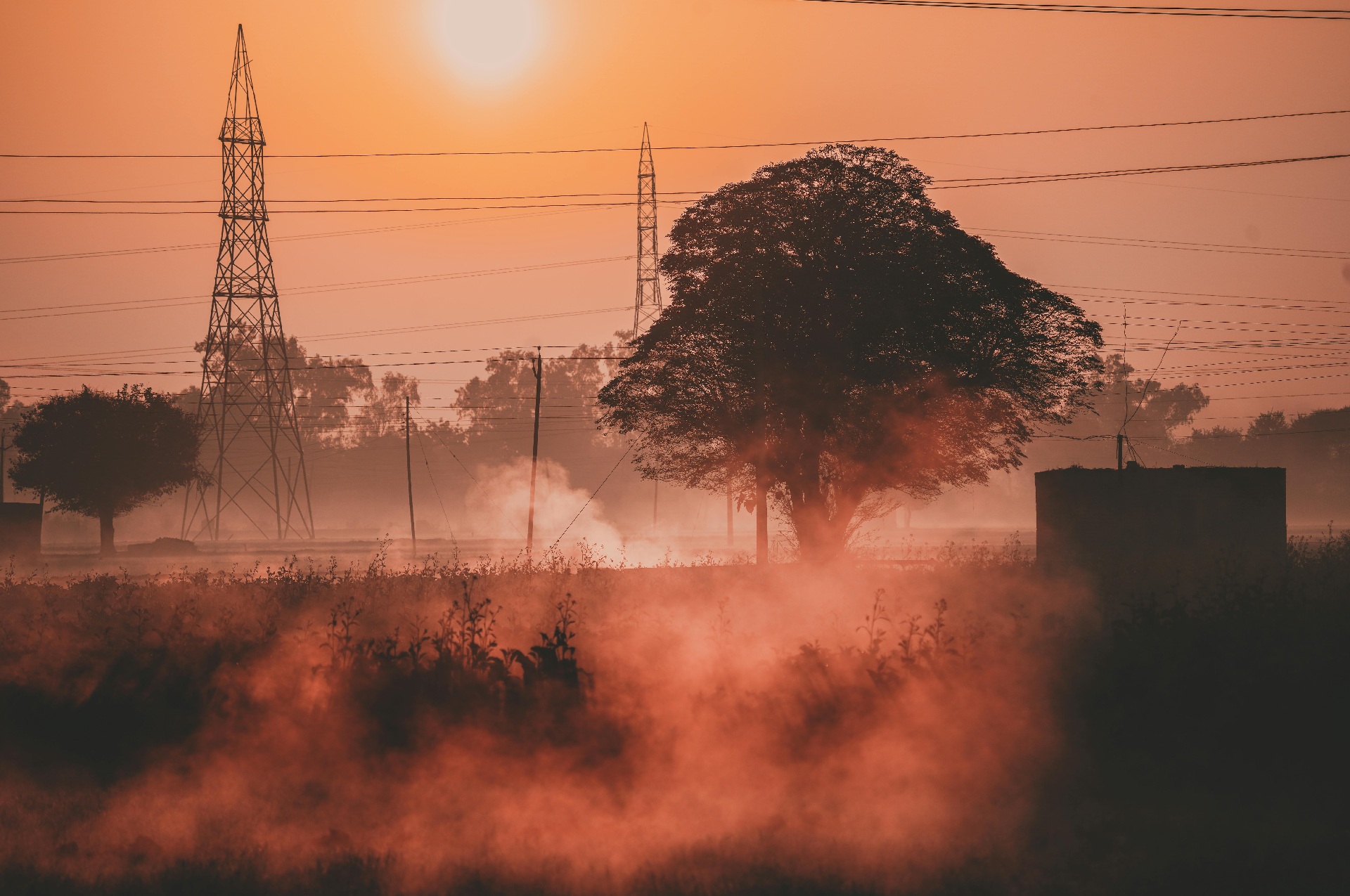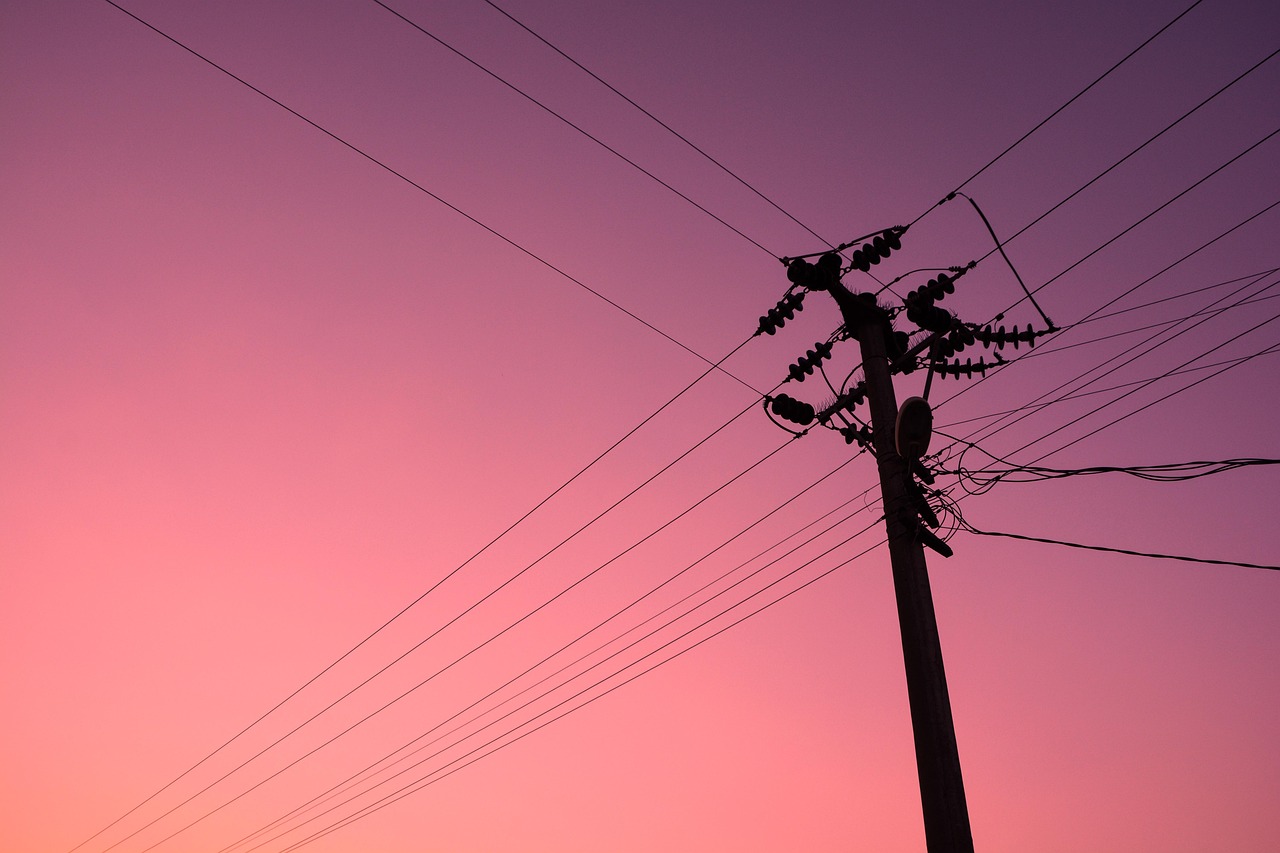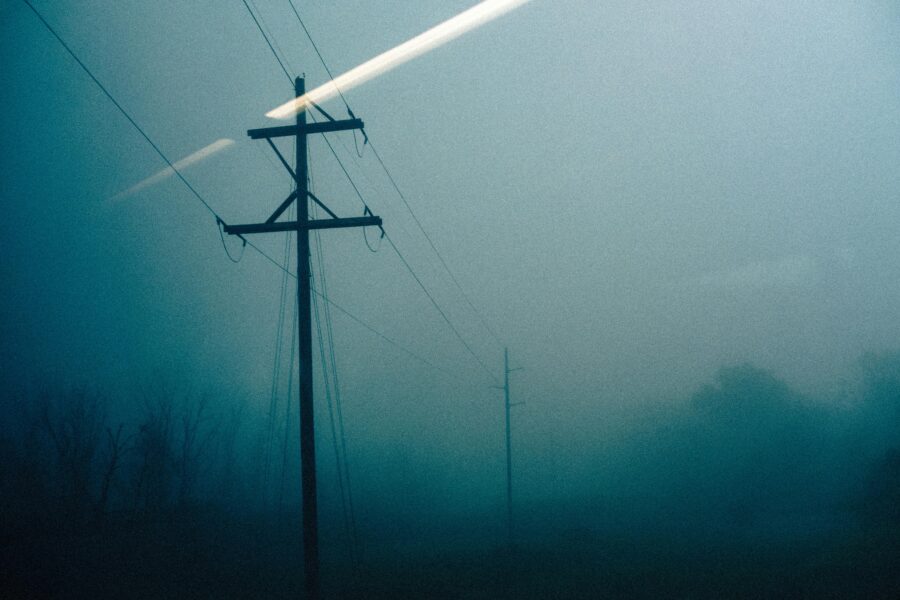Article
How Downslope Winds Fuel Wildfires

With news media across various western states highlighting strong wind events and their relationship with wildfire risk, it’s helpful to understand why these winds are an issue now, what downslope winds are, and how they impact wildfire behavior.
California’s Santa Ana
At this time of year, you often hear such winds called “Santa Ana winds”, but what does that mean? The name, “Santa Ana”, is a localized name to Southern California for a downslope wind event. As you move more north into Santa Barbara, they are called the “sundowner winds” because they tend to initiate at sunset. In northern California, they are called – ominously – the “Diablo winds”. While downslope windstorms are all similar in nature – each event is unique as they are tied to unique terrain features. All this does make it a bit tricky when you come to a new area to understand exactly what those local patterns are and what they are called. But they are a notorious enough wind to gain their own local names.
Regardless of local nomenclature, downslope winds are the more general feature of those types of named events and they can happen anywhere globally, given the right terrain conditions. The 2021 Marshall Fire in Colorado and the 2023 Lahaina Fire in Hawaii’ were two tragedies fueled by downslope windstorms.
Generally, with downslope wind events, you have very strong winds that can potentially be long-lasting and are usually associated with very dry air masses. Thus, you’ve got strong winds, dry air, and increasingly dry-cured – vegetation that is prime for ignition. These prolonged wind events can, potentially, have higher risk impacts because they have more drying potential on the vegetation, making them easier to ignite. Other critical fire weather patterns with equivalent winds, such as those associated with cold fronts or frontal passages will be more short-lived and are often associated with precipitation as well, reducing ignition potential and keeping them out of the headlines.
How Downslope Winds Work
It all comes down to how airflows and moves over or around a mountain. Depending on what that topographic feature is, you might have air flow splitting and just going around a mountain peak or ridgeline. When the wind starts to flow over the top of a mountain, that’s when you see downslope wind storms. Since the wind can’t go around, it is forced to go over the top, and under the right conditions (or wrong conditions), it collides with a stable air mass above, inhibiting the upward flow and over the terrain. Those stable layers essentially deflect all that upward energy back downward resulting in accelerated winds at the surface on the leeward side of the terrain. This creates a strong downward flow pulling air from aloft.
This is called the venturi effect and is analogous to covering most of the spout of a garden house with your thumb. The flow and pressure of the water increase with a much smaller spout. In a downslope windstorm, the stable layer aloft acts as the thumb, pinching the flow between that stable layer and the crest of the local terrain. This results in air shooting down the leeward side of the mountain.
Impacts to Wildfire Risk and Electric Utility Planning
The impacts of downslope winds on wildfire risk are dramatic because this increased wind can rapidly strengthen the spread and intensity of an otherwise small ignition. Electric utilities need the ability to identify, days in advance, areas of concern and predict wildfire spread and the impacts of potential fires from their assets and across their territory. This enables public and stakeholder communications, staging of field resources, and other logistical preparations for proactive de-energization and it can be done surgically by identifying which assets are most likely to fail and the consequence of any given failure.
Very similar planning tools identify where and when such conditions have previously occurred supporting prioritization of asset hardening that minimizes costs while safeguarding the grid and the public. See how leading electric utilities employ various tools like weather forecasts, ignition models, on-demand wildfire spread predictions, and impact analysis to forecast & monitor wildfire risks days in advance.


